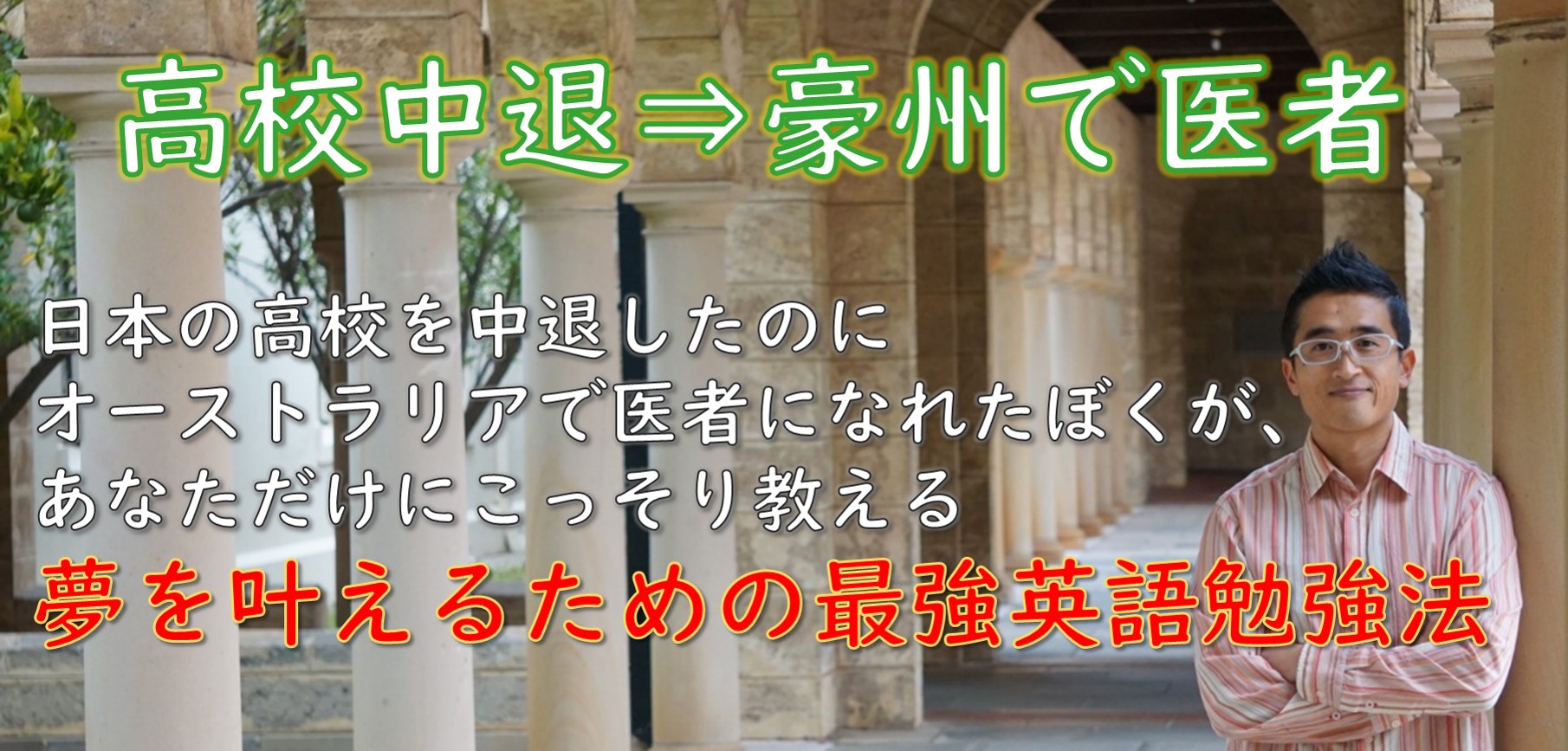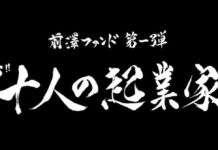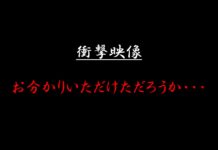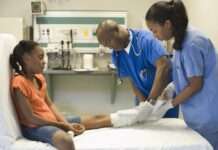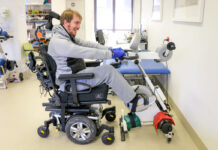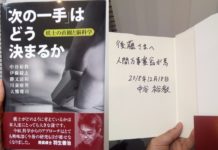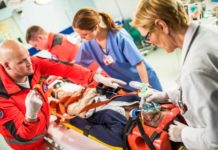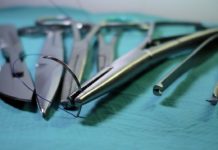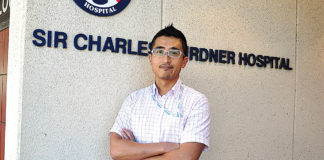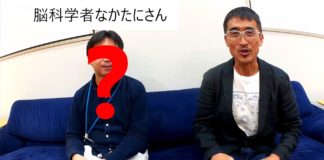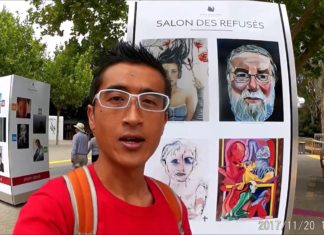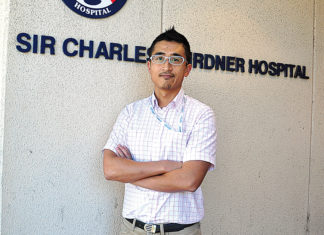オーストラリア医学部、卒業戦線異常なし
この記事の目次
これまで、オーストリアの医学部を卒業するために必要な5つのことを書いてきました。
1.医療行為の習得
2.課外活動
4.筆記試験
これらの記事を淡々と書いてきたので、読者のあなたには、ぼくが何の問題もなく医学部卒業の道を歩いているという印象を与えたかもしれません。
とんでもありません!!
客観的臨床能力試験はボーダーラインでした。ボーダーラインとはつまり、追試を受けなければならないということです!筆記試験はどうだったかと言えば、ぼくが受けたすべての筆記試験の中で一番難しい試験でした。幸い、ボーダーラインぎりぎりの点数で、追試は免れました。
変な話ですが、追試を受けたことがないぼくは心が躍りました。頭の中にはスラムダンクのこのシーンが思い浮かんでいました。

出典:Naverまとめ
客観的臨床能力試験の対策に大事な3つのこと
1.パラダイムシフト
ほとんどの同級生は試験をパスし、勉強をしていません。そんな状況に置かれると、「なんで俺だけが。なんで私だけが追試を受けなくちゃいけないのか」というネガティブな感情を持ってしまいます。この感情に襲われると、追試対策に集中することができなくなります。これを防ぐために、パラダイムシフトが必要になります。
色々なやり方があるかもしれませんが、まずぼくは追試そのものを楽しみました。自分自身をスラムダンクの登場人物のように扱い、自分自身を客観的に見るようにしました。追試はただの漫画の一コマにすぎないのだ、と。
もうひとつ役に立ったパラダイムシフトは、最初の試験は模試試験で、追試として受ける試験が本試験なのだと思い込むこと。模試試験でボーダーラインだったのだから、もう少し頑張れば本試験をクリアできるのだ。だから頑張ろう、と思うことでした。
2.練習、練習、練習
客観的臨床能力試験は、教科書とにらめっこしていれば点数が上がる試験ではありません。教科書の知識があることを前提に、目の前の患者さんやお医者さんとコミュニケーションが取れるかどうかを判定する試験です。知識の習得に役立ったサイトはこちら。
客観的臨床能力試験の点数を上げる方法を教えます。まず、同級生と客観的臨床能力試験のグループを作ります。そして、時には受験生、時には患者さん、時には採点者という役割をこなしまくります。この時、過去問があればそれを使うことが一番ですが、無ければ、市販のものを使いましょう。この書籍は、、試験によく出るシナリオを知るうえで役に立ちました(うちの医学部の試験はより実践的なので、この本をマスターしても受からない可能性がありますが)。
大事なことは、1つのケースが終わったら、役割(受験生、患者、採点者)を変えるのではなく、追試で実際に行われる数のケースをやり遂げることです。ぼくたちの場合、16のケースがあることが分かっていました。そのため、16のケースが終わるまで、受験生は受験生、患者は患者、採点者は採点者の役割を果たしました。16のケースだと160分かかります。
常に受験生として能力を磨くことが良いように感じるかもしれませんが、人の振り見て我が振り直せ、という言葉があります。つまり、患者さんとしての観点、採点者としての観点を知って初めて、自分がどのような受験生であれば好印象を与えられるのか(つまり、高得点を稼げるのか)ということを学ぶことが出来ます。
16のケースをぶっ続けで行うと、受験生が一番疲れるように思えますが、実は一番大変なのは採点者です。受験生が何を言っているのか、それが試験の採点表に当てはまっているかどうかを集中しながら確認しなければいけないからです。もし受験生があっちに行ってはこっちに行くような場合、採点者はクタクタになり、採点も悪くなります。それに対して、論理的な構造を持っている受験生の場合、採点者は採点が容易になり、印象も良くなります。何の試験でもそうですが、採点者が何を欲しがっているのかを理解できる人は高い点数を取ることが出来るというわけです。⇐追試受けるぼくが言うのはおこがましいですが。
3.仲間を大事にする
追試対策のために一緒に切磋琢磨した友人は、医学部卒業後もとても大事な存在になります。医者になると、さらに大変な時間が待っています。そんな時、苦しい時間をシェアできる友人がいるのといないのでは、医者としてのキャリアに大きな影響を与えます。大切にしましょう。
ぼくが実際に受けた客観的臨床能力試験の追試
| 分野 | 内容 |
|---|---|
| Emergency Medicine | IV Cannulation on model Metabolic Acidosis > Differentials > Management of DKA |
| Emergency Medicine | Peanut allergy + Dyspnoea Focused history + Examination First aid (ABCDE) Management of anaphylaxis |
| Surgery | Suturing - say appropriate choice of cutting needle and line - closure of 7cm laceration on model - I did 5 simple sutures while chatting with examiner |
| Paediatics | Kid with viral gastroenteritis - focused history and examination - reassurance of parent - no antibiotics needed - small and frequent hydration - safety netting (e.g. GP or ED if red flag signs) |
| Surgery | Fall on outstretched hand - Focused examination of hand and wrist - X-ray interpretation (scaphoid fracture) - Management of scaphoid fracture - Complication of scaphoid fracture |
| Palliative Care | Phone conversation - another doctor asking you (palliative care resident) how to manage a terminal patient with COPD having severe dyspnoea - focused history - exploration of what the patient expects from medical team - management of dyspnoea in terminal patients (e.g. sit-up, fan, morphine) |
| Aboriginal health | Life-style management post acute coronary syndrome - a middle aged Aboriginal lady following heart attack - focused history - exploration of patient's understanding on condition - exploration of patient's readiness for life-style changes (e.g. no smoking, balanced diet, moderate alcohol, regular exercise) |
| Paediatics | Neonatal baby check - growth charts - head to toe examination |
| General Practice | Emergency contraception pill - focused sexual/obs/gyn/past medical history - explanation of how pill works (i.e. anovulation, thickened cervical mucus, thinner endometrium) - explanation of ingestion time and contraceptive effectiveness (the earlier the better) - explanation of side effects - follow-up sti screening |
| General practice | STI follow-up results - focused history - explanation of STI screening results (chlamydia positive, all others negative) - antibiotics (azithromycin) - contract tracing & notification - follow-up proof of cure test - follow-up STI screening test (e.g. HIV, hepatitis) |
| Surgery | Frank haematuria - heavy smoker - focused history and examination - referral to cystoscopy and CT KUB - differentials for frank haematuria |
| Oncology | Severe back pain in cancer terminal patient - focused history and examination - explanation of your concern to patient (i.e. spinal cord compression) - investigation (Xray, MRI, blood calcium) |
| Psychiatry | Uni student (girl) referred by her partner for her drinking behaviour - focused history and examination - exploration of biopsychosocial risk factors - suicide risk - differentials for her behaviour - management (follow-up, referral to clinical psychologist, drug and alcohol service) |
| Ophthalmology | Orbital cellulitis - describing a photo with left eye swelling - differentials for the swelling - examinations you would do - investigation choice (i.e. CT head) - management of orbital cellulitis - Slit lump demonstration (had to read a word which was not English) |
| Oncology | Breast cancer screening - lady wanting to find out breast cancer screening and its effectiveness in prevention - explanation of mammogram - focused history to explore risk factors - written handout for self-examination and red flag symptoms |
| General Medicine | Bacterial meningitis - red flags for meningitis - interpretation of cerebrospinal fluid result - management of bacterial meningitis (i.e. ABCD, IV ceftriaxone, admit to hospital) |
